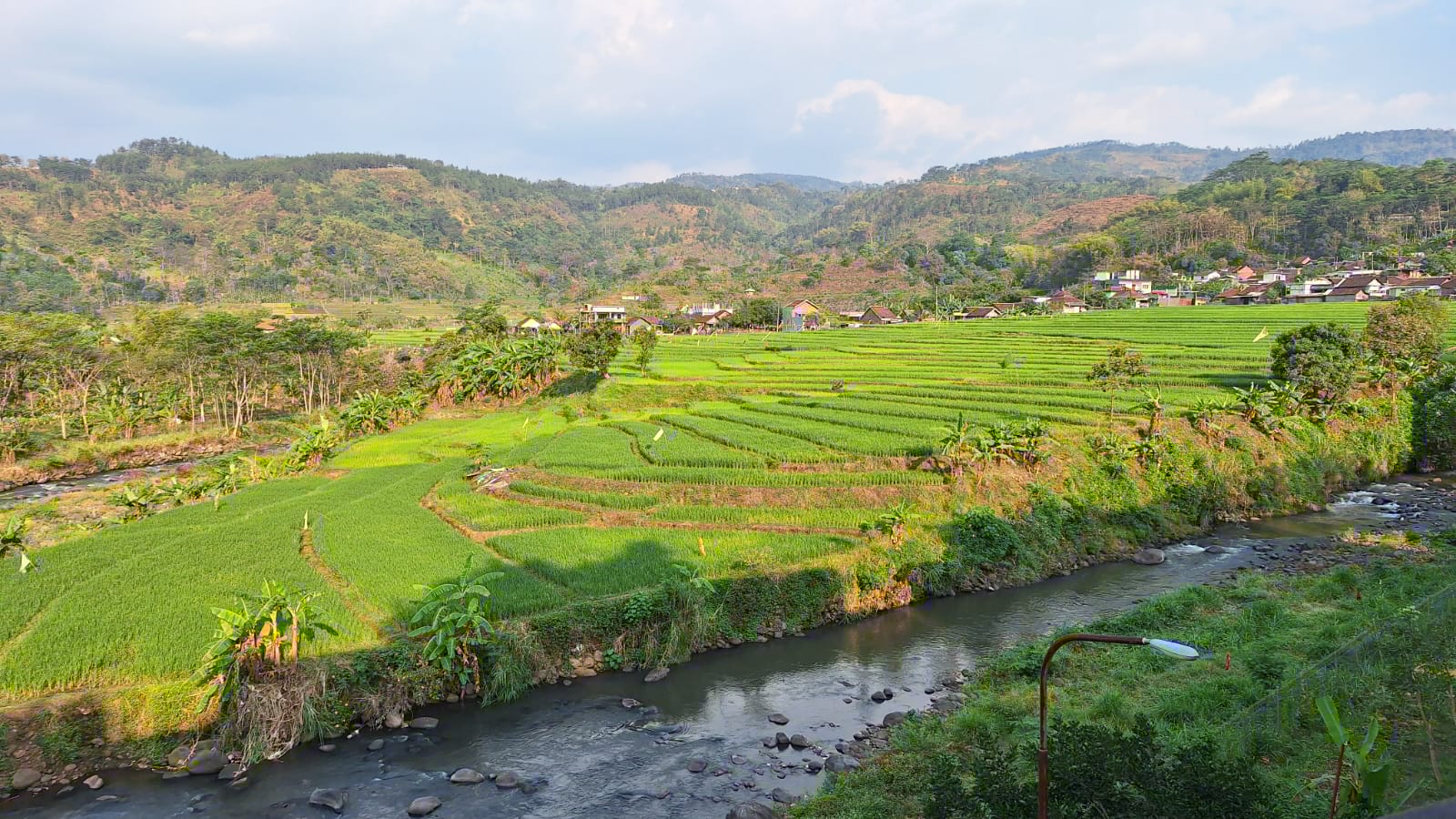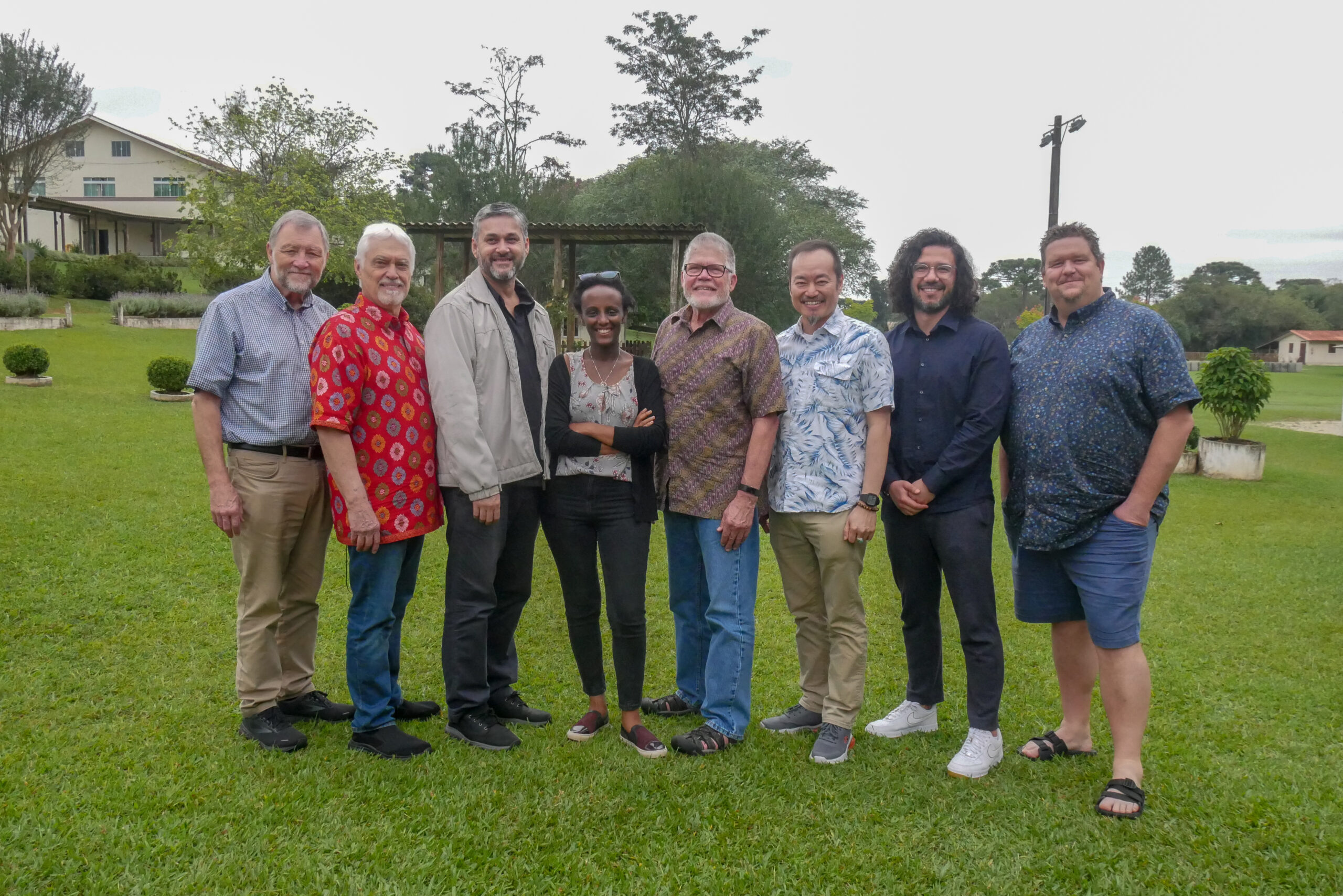-
Churches Engage Asian Traditions
Global Mennonite History Series: Asia released in 2011 Authors I. P. Asheervadam, Adhi Dharma, Alle Hoekema, Kyong-Jung, Kim, Luke Martin, Regina Lyn Mondez, Chiou-Lang Pan, Nguyen Thanh Tam, Nguyen Thi Tam, Takanobu Tojo, Nguyen Quang Trung, Masakazu Yamade and Earl Zimmerman General Editors John A. Lapp, C. Arnold Snyder
-
Catholicity and diversity
Reference documents Presented to the General Council of Mennonite World Conference Harrisburg, Pennsylvania, USA, July 2015 By Martin Junge, General Secretary of the Lutheran World Federation
-
Baptism and Incorporation into the Body of Christ, the Church
Lutheran-Mennonite-Roman Catholic Trilateral Conversations 2012–2017 It was with the twin goals of increasing mutual understanding and helping one another grow in faithfulness to Jesus Christ that a trilateral dialogue took place between Lutherans, Mennonites and Roman Catholics, from 2012 to 2017. Over the course of the five year period, the dialogue followed the well-established interchurch…
-
Being Anabaptist Christians today
Being Anabaptist Christians Today (1993) Mennonite World Conference General Council MeetingAfrica Mennonite and Brethren in Christ Women’s GatheringBulawayo, Zimbabwe, 14–21 July 1993 Gathered together from thirty-eight countries and many contexts at Bulawayo (Zimbabwe) these days in mid-July 1993, we have shared stories and testimonies which cause us to examine our own cultures in light of…
-
Baptists and Mennonites in Dialogue
Report on Conversations between the Baptist World Alliance and the Mennonite World Conference 1989-1992
-
Anabaptist Songs in African Hearts
Anabaptist Songs in African Heartsreleased in 2003 at the 14th global assembly in Bulawayo, Zimbabwe (also available in Spanish and French)
-
An Anabaptist Theology of Service
A teaching resource from the Faith & Life commission Some weeks ago, I received a request from Bert Lobe to consider describing and reflecting on how the sixteenth century Anabaptists understood diaconal service, and how that understanding and practice developed historically. The idea was that this kind of study might provide a basis for discussion…
-
A Mennonite and Catholic Contribution to the World Council of Churches’ Decade to Overcome Violence
INTRODUCTION An international dialogue between Catholics and Mennonites took place between 1998 and 2003, beginning with the theme “Toward a Healing of Memories”, and concluding with a report entitled Called Together to be Peacemakers (CTBP). In the hope that, on the basis of that dialogue, Catholics and Mennonites may together offer suggestions for the World…
-
A Culture of Peace
A Culture of Peace, by Alan Krieder, Eleanor Krieder, Paulus Widjaja
-
5 Mennonite Minutes
César García, Mennonite World Conference general secretary, offers a meditation on Acts 4:32-35.
-
Faithfulness in action
The environmental crisis and our mandate to care for creation A word of encouragement from the MWC Faith & Life Commission and the Creation Care Task Force. Part 2 of 2 “Creation care” is taking on ever-increasing urgency. The news reminds us daily of alarming changes in our climate. We are witnessing terrible violence against…
-
The unity of the Spirit
About the Faith & Life Commission Anabaptist churches around the world live their faith diversely, addressing local challenges and opportunities while adhering to Shared Convictions. The Faith & Life Commission enables MWC member churches to receive and provide counsel on Christian faith and practice, as well as on Anabaptist witness in the world today. This…


